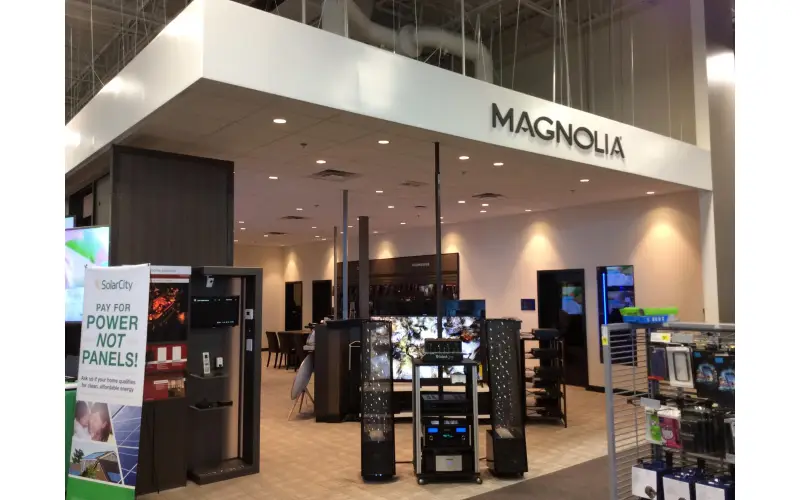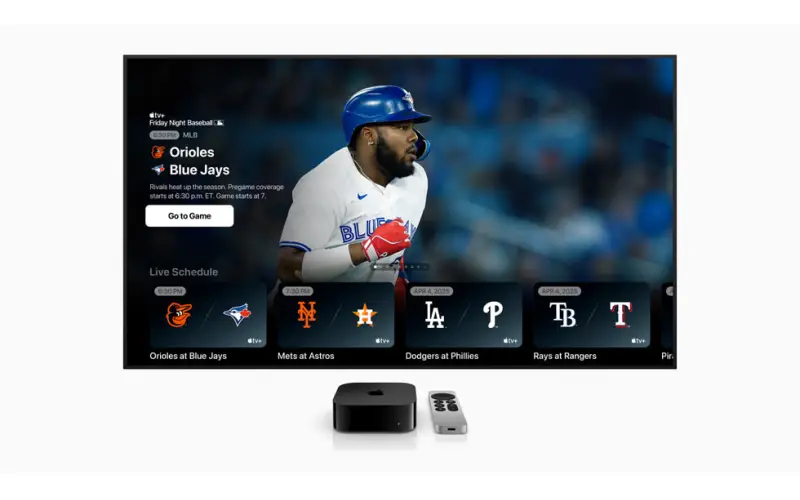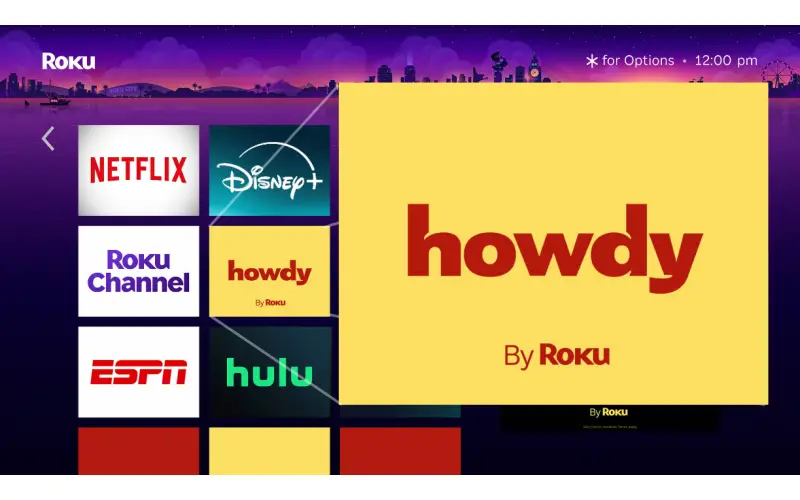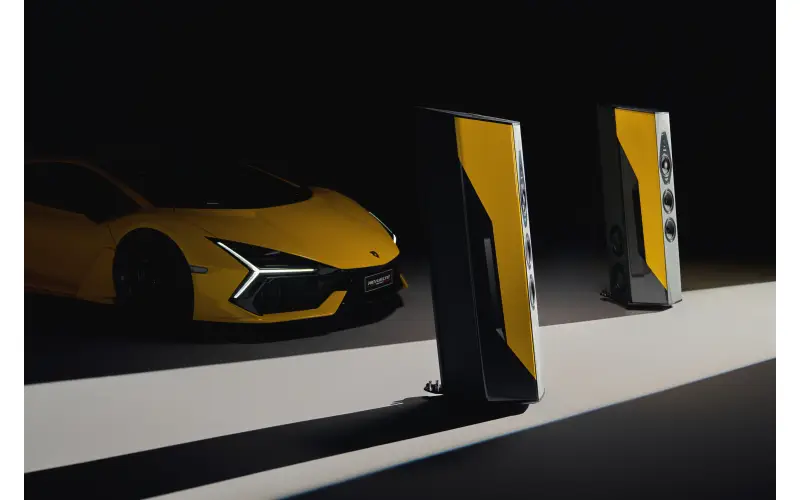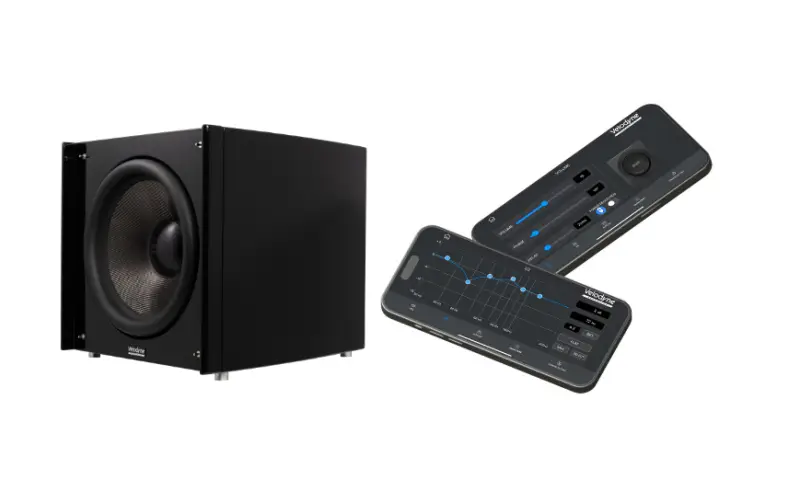By: Dipin Sehdev
Samsung has long been the dominant force in the global TV market—leading in total TV shipments year after year. But now, the South Korean electronics giant has achieved a milestone that even a few years ago would have seemed unthinkable: it has dethroned LG Electronics as the top OLED TV brand in North America.
According to new market data from Omdia, Samsung captured an industry-leading 50.3% share of OLED TV revenue in Q1 2025 in North America, compared to LG’s 34.5%. Even more notable, Samsung surpassed LG in OLED unit shipments for the first time, grabbing 45.2% of the market versus LG’s 42%.
This rapid ascent marks a turning point not just for Samsung but for the OLED TV category itself. Once viewed as a sideline to Samsung’s Neo QLED ambitions, OLED has now become a central pillar of the company’s premium TV strategy—powered by the cutting-edge performance of QD-OLED technology and a bold 2025 lineup that’s built to win.
QD-OLED: The Technology Behind Samsung’s OLED Surge
Samsung’s breakout success in OLED is fueled in large part by its QD-OLED (Quantum Dot OLED) technology, first introduced in 2022. Unlike traditional WOLED (White OLED) panels used by LG and most of its partners, QD-OLED utilizes blue OLED emitters paired with quantum dots to generate red and green subpixels, offering higher brightness, improved color purity, and wider viewing angles.
This innovation culminates in the Samsung S95F, the company’s flagship 2025 OLED TV and a front-runner for the best TV of the year. With stunning visual clarity, dazzling HDR, and premium build quality, the S95F showcases just how far Samsung has come in only three years since re-entering the OLED category.
2025 Samsung OLED TV Lineup (with U.S. Pricing)
Samsung’s 2025 OLED range covers a wide spectrum—from elite home theater builds to mainstream living rooms—thanks to a three-tiered product strategy.
? Samsung S95F (Flagship QD-OLED)
-
Panel Type: 2025 QD-OLED
-
Resolution: 4K
-
Peak Brightness: ~2,000 nits
-
Sizes: 55", 65", 77" (83" model launching later in 2025)
-
OS: Tizen 9.0
-
U.S. Pricing:
-
55” – $2,599
-
65” – $3,499
-
77” – $4,799
-
83” – TBA (expected $6,499+)
-
Why it matters: The S95F is Samsung’s most advanced OLED TV to date and stands toe-to-toe with LG’s G5 and Sony’s A95L. It delivers unmatched color volume, searing HDR brightness, and exceptional gaming features (including 144Hz refresh and HDMI 2.1 on all ports). Early reviews suggest it may be the TV to beat in 2025.
? Samsung S90F (Premium WOLED)
-
Panel Type: LG WOLED
-
Peak Brightness: Up to 1500 nits
-
Sizes: 42", 48", 55", 65", 77", 83"
-
OS: Tizen 9.0
-
U.S. Pricing:
-
42” – $1,399
-
48” – $1,499
-
55” – $1,899
-
65” – $2,599
-
77” – $3,699
-
83” – $5,999
-
Why it matters: This is Samsung’s mid-tier OLED, but it still offers excellent performance. Leveraging LG’s WOLED panels, the S90F provides bright, accurate visuals with all the smart features of the flagship line. It’s a direct competitor to LG’s C5 OLED and a strong performer in mixed-use environments, especially for gamers.
? Samsung S85F (Entry-Level WOLED)
-
Panel Type: LG WOLED
-
Peak Brightness: Up to 1300 nits
-
Sizes: 55", 65", 77", 83"
-
OS: Tizen 9.0
-
U.S. Pricing:
-
55” – $1,699
-
65” – $2,299
-
77” – $3,499
-
83” – $5,199
-
Why it matters: Positioned for value seekers, the S85F strips away a few premium features while retaining OLED’s signature contrast and cinematic blacks. It’s Samsung’s most accessible OLED offering and a clear rival to LG’s B5 series.
A Decade-Long Reign Ends
LG has been the undisputed leader in OLED TVs for 12 years, commanding the lion’s share of both unit sales and revenue globally. That leadership was rooted in vertical integration—LG Display made the panels, and LG Electronics sold the TVs, alongside partnerships with brands like Sony, Panasonic, and Philips.
Samsung’s overtaking of LG in North America is seismic. In Q1 2023, LG held 59.2% of the revenue share in the region. By Q1 2025, that number had dropped to 34.5%, a decline of nearly 25 points. Meanwhile, Samsung surged from 14% to 50.3%—more than tripling its position in just two years.
This shift isn't limited to revenue. In unit shipments, Samsung also took the lead for the first time:
| Q1 2025 OLED TV Unit Share (North America) | |
|---|---|
| Samsung Electronics | 45.2% |
| LG Electronics | 42.0% |
North America vs Europe: Different Battlefields
Despite Samsung’s dominance in the U.S. and Canada, the global OLED war is far from over. Europe remains the largest OLED TV market, accounting for more than 50% of global shipments. And there, LG still reigns supreme, holding 56.4% of the European OLED TV market in Q1 2025.
Samsung has also announced bold ambitions to overtake LG in its own backyard—South Korea—by the end of the year. If it succeeds, it would mark a clean sweep of the three most important premium TV markets.
The Bigger Picture: What This Means for Consumers
Samsung’s rapid rise is reshaping the premium TV market. It means more competition, faster innovation, and better value for consumers. OLED buyers now have real choice—not just between different brands using LG panels, but between fundamentally different panel technologies.
QD-OLED, in particular, is proving to be a game-changer. It brings much-needed competition to WOLED by addressing traditional OLED shortcomings like color volume and peak brightness. And it gives Samsung a unique technical advantage—something that Sony also benefits from, but with far less scale.
Meanwhile, LG is doubling down on its strengths: brighter WOLED panels, better gaming optimization, and a large-screen-first strategy. Its 2025 G5 series is brighter than ever, and the C5 remains a gold standard for mid-range OLED buyers.
Conclusion: A Historic Shift in Display Leadership
Samsung’s achievement isn’t just a quarterly win—it’s a sign of a rebalanced playing field in premium TVs. QD-OLED is no longer a novelty. It’s a mainstream, high-performance alternative that’s powering a new wave of TVs—and shifting the momentum in Samsung’s favor.
The S95F, in particular, is helping Samsung stake its claim at the top of the market. With elite visuals, strong software, and best-in-class gaming support, it’s poised to be the flagship TV to beat in 2025.
As the year unfolds, all eyes will be on how LG responds—and whether Samsung can hold onto its newfound lead in North America while expanding further in Europe and Asia.
One thing is certain: the OLED TV landscape has never been more competitive, and that’s great news for consumers.

